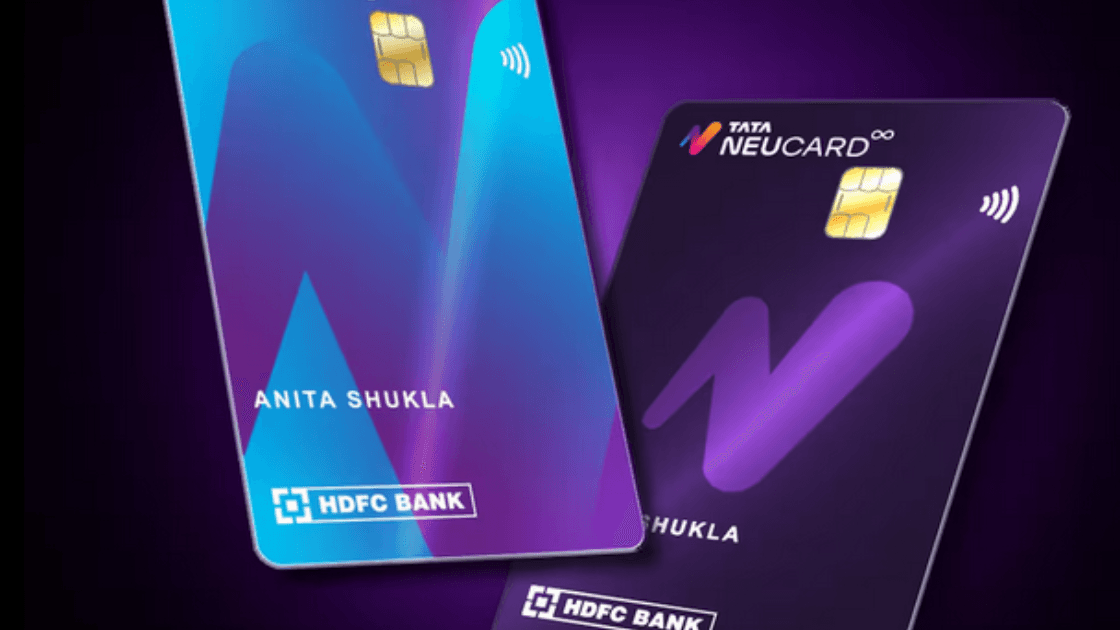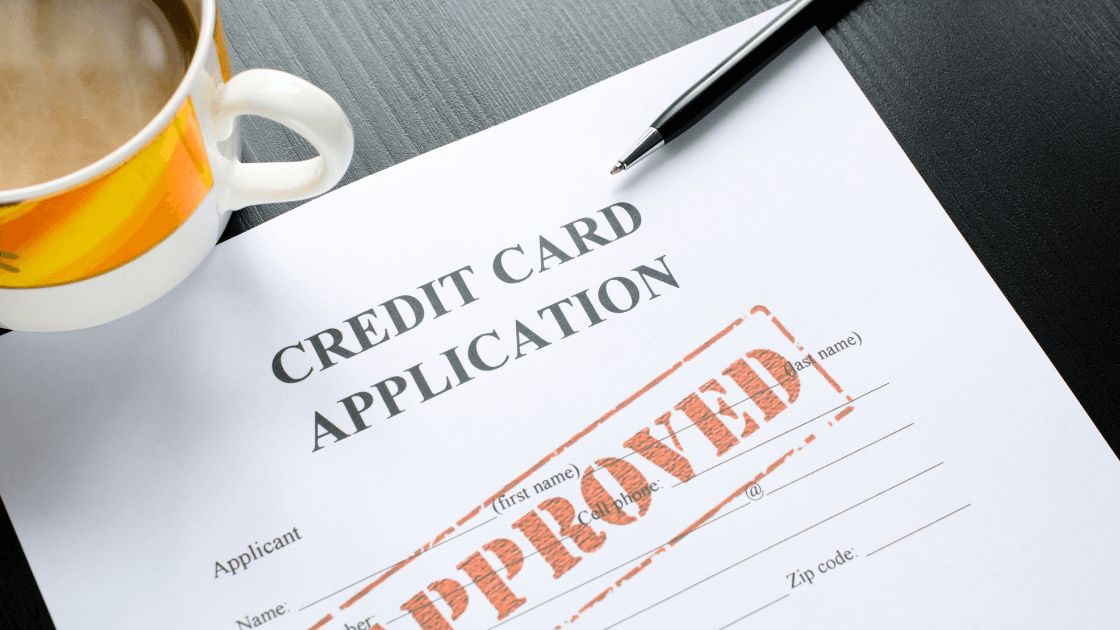
Cards
•05 min read

You’ve just received your credit card statement, and the term "minimum payment due" catches your eye. It might seem confusing at first, but understanding what it means can help you manage your finances more effectively. This guide explains the concept of credit card minimum payments, how they are calculated, and the benefits and risks associated with paying only that amount. By the end of this article, you will have a clear picture of how minimum payments work, how they impact your interest charges and credit score, and practical strategies for managing credit card debt responsibly.
The term minimum payment due refers to the smallest sum you must pay each month to keep your credit card account in good standing. Generally, this amount is calculated as a small percentage of your outstanding balance, along with any accrued interest and fees that may apply. For example, if your outstanding balance is ₹20,000 and the set percentage for the minimum payment is 5%, your minimum payment will be ₹1,000. This calculation ensures that you are partially repaying your debt while also covering the costs of borrowing.
Credit card issuers set a minimum payment to ensure that some payment is made each billing cycle, reducing the risk of delinquencies. Paying the minimum helps you avoid late payment fees and keeps your account active. While it offers flexibility during tight financial periods, relying solely on the minimum payment can extend the repayment period and result in higher overall interest charges.
The calculation of a minimum payment typically involves:
- A fixed percentage of the outstanding balance
- Any accrued interest from the previous balance
- Applicable fees such as late payment charges if not paid on time
This means that if you carry forward a larger balance, the minimum amount will naturally increase. Some issuers may have slight variations in the method of calculation. For example, queries like "Credit card minimum payment means Tata Neu HDFC Bank Credit Card" refer to how different banks might set their percentages and fees, though the core idea remains similar.
The billing cycle is the period during which your charges accumulate and a statement is generated. Your statement clearly indicates the due date, by which the payment must be made. In some cases, you may have a grace period during which no interest is charged on new purchases, provided you pay the full balance; however, if you pay only the minimum amount, interest will be applied to the remaining balance.
Consider these examples to better understand the calculation:

If your credit card statement shows an outstanding balance of ₹50,000 with a minimum payment percentage of 5%, your minimum payment is ₹2,500. This is calculated as a percentage of your balance along with any added interest and fees. Such examples help clarify common queries like "If I pay minimum credit card payment do I get charged interest".
One of the primary benefits of paying the minimum amount is that it helps you avoid late fees and penalties by keeping the account current. It also allows you to maintain a good credit score if payments are made on time. This flexibility can be particularly useful during financial emergencies, as it preserves your ability to make other critical payments while avoiding additional charges on your credit card account.
Although paying the minimum is convenient, it comes with significant downsides. Primarily, interest charges begin to add up on any remaining balance. Over time, this results in a longer repayment period and a considerably higher total cost. For instance, if you have a balance of ₹50,000 at a high annual interest rate, paying just the minimum means it could take years to clear the debt, leading to thousands of rupees in extra interest payments. Additionally, consistently carrying a high balance can affect your credit utilization ratio, which may eventually have an adverse effect on your credit score.
Imagine paying only the minimum on a large balance consistently. Even though your immediate interest is low, the long-term cost grows significantly. Visual representations such as graphs can help illustrate how making only the minimum payments extends the repayment timeline compared to paying a higher monthly amount. This scenario underlines why it is important to consider the balance between immediate financial relief and long-term financial health.
To reduce your debt faster, it is advantageous to pay more than just the minimum amount due. This approach lowers the principal balance quicker, reducing the overall interest incurred over time. A useful tip is to set a monthly budget that allocates extra funds specifically for credit card payments. Even small additional amounts can make a significant difference in the long run.
For those facing high-interest charges, balance transfers and debt consolidation options can simplify repayment plans. Transferring your balance to a card or a consolidated loan with a lower interest rate may help in managing the overall debt burden more effectively. It is important, however, to fully understand any fees and terms involved before making a move.
Setting up automatic payments for at least the minimum amount ensures you never miss a due date. In addition, using budgeting apps or payment reminders can keep you organized and prevent potential late fees that may arise from oversight.
-ed507771-df04-4fb3-9af5-bae11cb611a6.png&w=3840&q=75)
If your debt feels overwhelming or you struggle to manage payments, consider seeking advice from a qualified financial advisor. Credit counseling services offer strategies to tackle debt and improve your overall financial health. It is essential to carefully assess the risks and benefits of any debt management solutions before proceeding.
Paying only the minimum ensures that your account stays in good standing, but it results in high interest charges over time and a longer period to repay the overall balance.
Paying the minimum on time helps maintain your credit score, though consistently high outstanding balances may eventually impact your credit utilization ratio negatively.
For example, the calculation includes a percentage of the balance plus any accrued interest and applicable fees.
Yes, interest is charged on the remaining unpaid balance, which continues to accumulate if you pay only the minimum amount.
While it is possible to pay only the minimum to avoid late fees, it is not advisable due to the higher long-term interest costs and extended repayment period.
Understanding the ins and outs of credit card minimum payments is essential for managing your finances wisely. Although paying the minimum can help avoid late fees and maintain your credit score, it often comes with significant long-term costs due to accumulating interest. To ensure a healthy financial life, aim to pay more than the minimum whenever possible, automate your payments to avoid fees, and consider strategic options like balance transfers if needed. With a clear grasp of how minimum payments work, you can make informed decisions that ultimately protect and enhance your financial well-being.